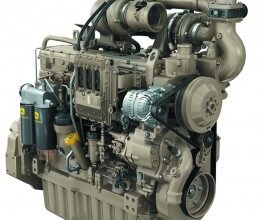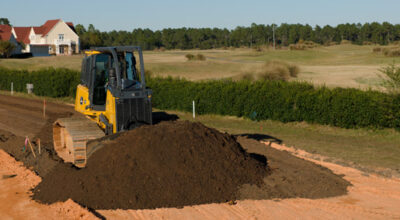This excerpt was originally posted on the John Deere, Straightforward Blog October 27, 2011. You can view the original post here.
John Deere and Idling
As we continue our wide-ranging discussion on optimizing Interim Tier 4 engine performance, let’s turn our attention to the impact of idling.
All off-highway vehicles have a normal low idle speed — generally in the 800 to 1,000 rpm range — while some have an auto low idle (1,200 – 1,300 rpm) or an ultra-low idle (600 – 700 rpm). Different machines have optimal rpm settings; for example, excavators use the higher auto low idle setting to provide quick response when returning to work mode.
Even though idling may be set for optimal performance for a particular machine, there can be significant benefits to minimizing the idling time of Interim Tier 4-compliant equipment. An immediate and significant benefit of reduced idling time may very well be compliance with state or local laws limiting the duration of diesel engine idling.
Other potential benefits of reduced idling time include improved fuel economy, along with lower emissions and a decrease in both the hours and wear put on a vehicle/engine.
At John Deere, another reason we recommend avoiding excessive idling is that idling can shorten the interval before an active regeneration in which exhaust filter cleaning occurs.
John Deere offers technology solutions to help equipment owners and operators keep idling to a minimum. Many new John Deere machines have an auto-shutdown feature that can be set to turn the machine off after a certain idling duration. Also, John Deere dealers can provide details on how our JDLinkTM telematics system can enable you to monitor and optimize idle times throughout your equipment fleet, reducing downtime and increasing fleet-wide productivity.

